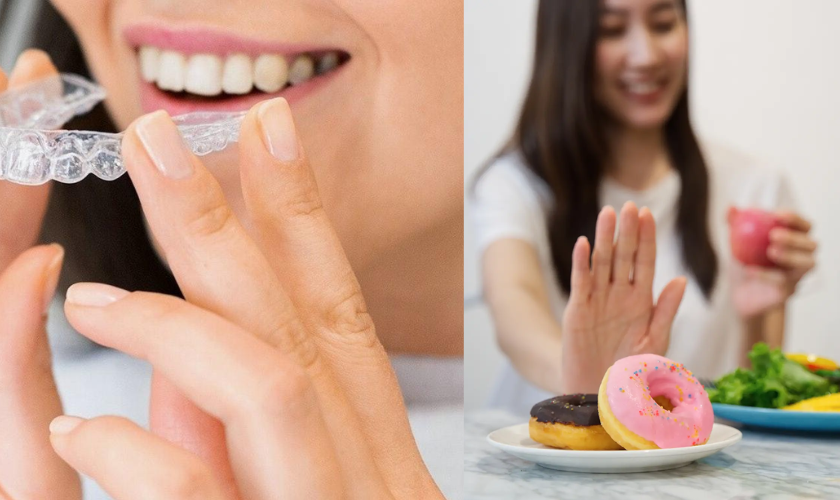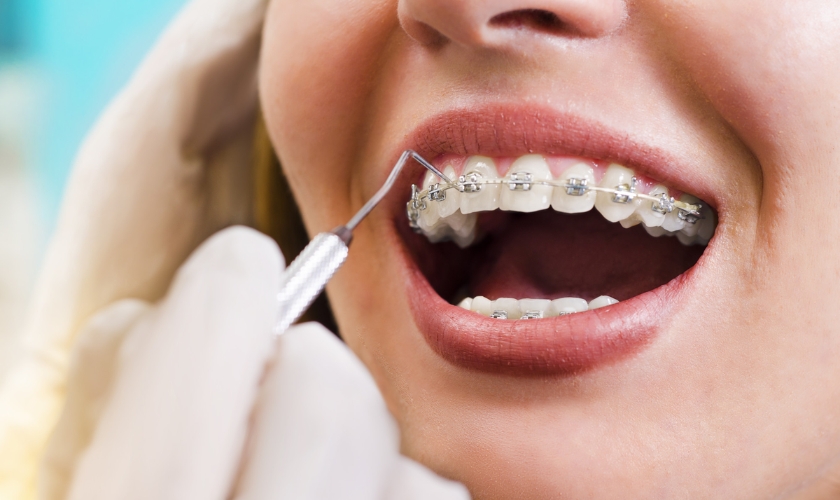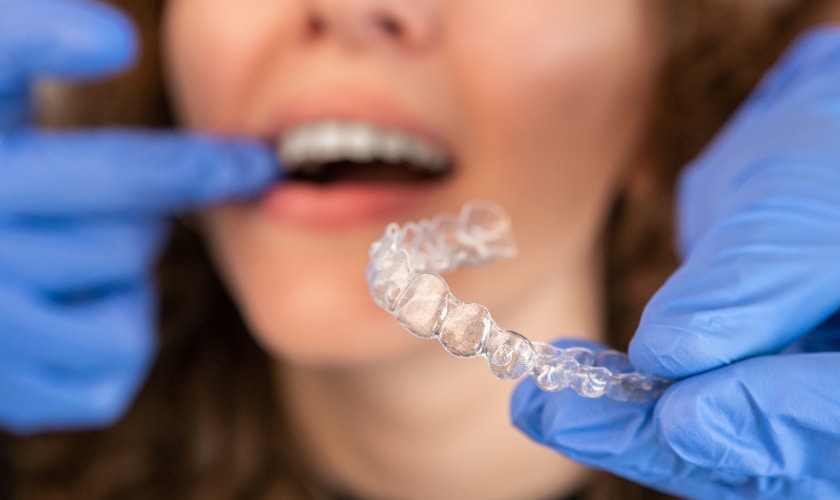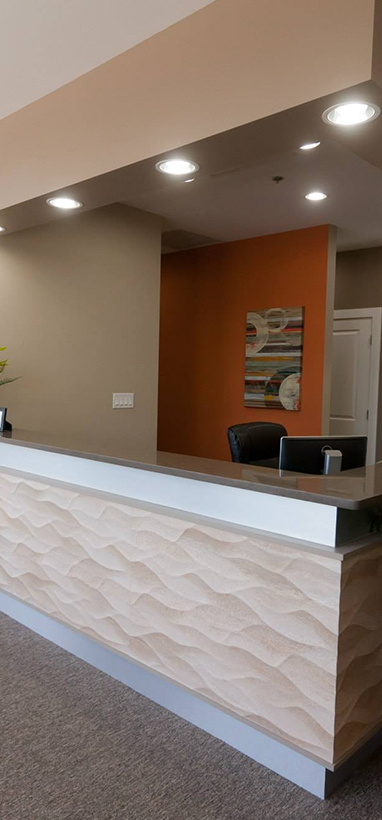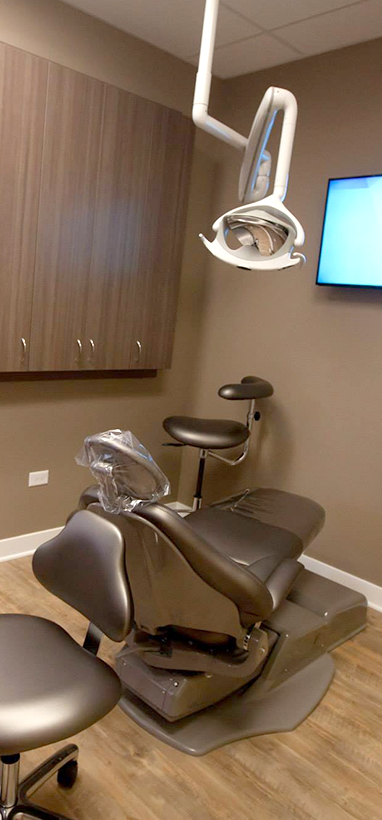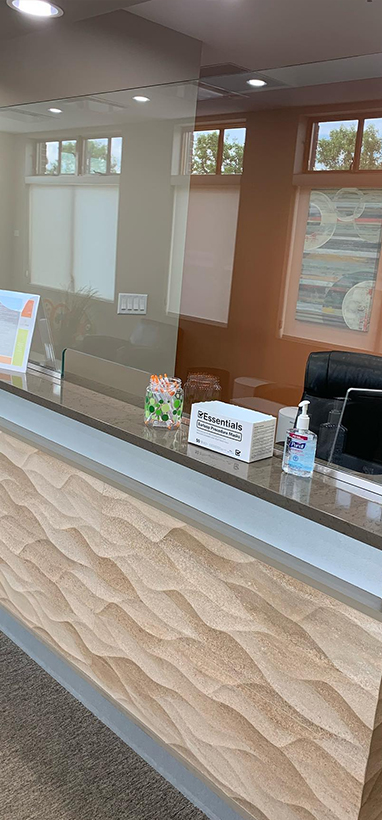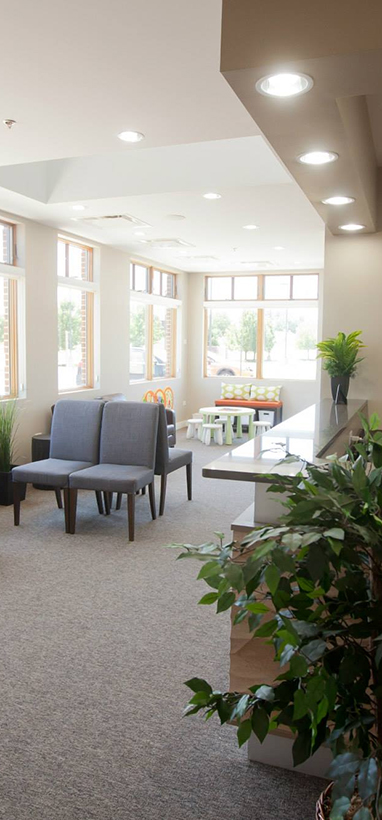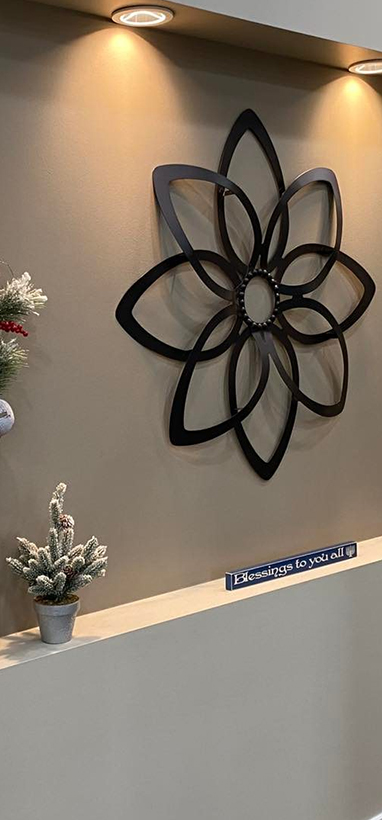1516 Legacy Cir, Naperville, IL 60563
How to Relieve Sharp Edges of Invisalign: A Comprehensive Guide

Starting your Invisalign journey is an exciting step towards achieving a confident, beautiful smile. However, it’s not uncommon for Invisalign wearers to encounter discomfort caused by sharp edges on their aligners. These rough spots can lead to irritation and small cuts in your mouth and even discourage you from continuing treatment. But worry not, as in this comprehensive guide, we’ll explore practical solutions to relieve those pesky sharp edges and ensure a smoother experience throughout your Invisalign treatment.
How Does Invisalign Get Sharp Edges?
- Manufacturing Variations: Invisalign aligners are custom-made, and during the manufacturing process, slight variations can occur, leading to the development of sharp edges.
- Wear and Tear: Over time, regular use of Invisalign aligners can cause gradual wear and thinning of the aligner material, potentially resulting in sharp edges.
- Misalignment: If the aligners don’t fit perfectly or if there are issues with the initial impressions, misalignment can occur, causing discomfort from rough edges.
- Dental Adjustments: Occasionally, dental adjustments made during the course of treatment can lead to changes in the aligner’s shape or fit, resulting in sharp points.
- Chewing and Biting: Frequent chewing or biting motions can put pressure on certain areas of the aligners, causing them to become thinner and potentially sharp at those points.
How To Deal With Sharp Edges In Invisalign?
Identify the Problematic Aligner
The first step in addressing sharp edges in your Invisalign aligners is identifying the specific aligner causing the discomfort. Examine each aligner carefully, preferably with a magnifying glass and good lighting. This meticulous inspection will help you pinpoint the aligner with rough or sharp edges accurately.
Use Orthodontic Wax for Immediate Relief
Orthodontic wax is an invaluable tool for managing sharp edges. It’s soft and pliable, making it easy to use. To apply, warm a small piece of wax between your fingers until it becomes malleable. Then, gently mold it over the rough area of the aligner. The wax acts as a protective barrier between the aligner and your soft tissues, preventing further irritation and discomfort.
Consult Your Dentist for Professional Assistance
If the sharp edges persist or if you’re uncertain about handling the issue yourself, it’s highly advisable to contact your dentist. They possess the expertise to accurately assess the problem and can make necessary adjustments to your aligners during your treatment. Your dentist’s guidance is invaluable in addressing any aligner-related concerns effectively.
File Gently When Necessary
In some cases, you may feel comfortable addressing minor sharp edges yourself. To do so, use a soft nail file or an emery board. Gently buff the problematic area, not removing too much material. Maintaining the aligner’s shape and integrity is crucial while reducing discomfort. However, if you’re unsure about this step, it’s best to consult your dentist for guidance.
Ensure Proper Aligner Seating
Proper seating of your aligners is vital to minimize the risk of discomfort from sharp edges. Follow the instructions provided by your dentist for inserting and removing your aligners. Ensuring they fit correctly in your mouth will help prevent any misalignment issues that can lead to sharp-edge problems.
Address Misalignments Promptly
If you notice significant misalignments in your aligners or if sharp edges persist despite your efforts, promptly communicate with your dentist. Timely intervention can help address any underlying issues and ensure your Invisalign treatment remains comfortable and effective.
Experiencing sharp edges with your Invisalign aligners is a common challenge, but it can be easily addressed with the right approach. You can maintain a comfortable and effective Invisalign treatment journey by identifying the problematic aligner, using orthodontic wax, consulting your dentist when needed, gently filing sharp edges when appropriate, and ensuring proper aligner seating. Remember that discomfort should be temporary, and with these practical tips, you’ll be well-equipped to relieve sharp edges and continue on your path to achieving the smile of your dreams. Your orthodontic journey is a worthwhile investment in your smile’s future, and addressing sharp edges is just one step to your dental goals.
FAQs
Q: Is it safe to file sharp edges on my aligners myself?
A: Filing minor sharp edges yourself can be safe if done carefully. However, consult your dentist if you’re unsure or if the problem persists.
Q: How do I know if I should consult my dentist about sharp edges?
A: If you cannot find a solution or the sharp edges persist, it’s advisable to consult your dentist. They have the expertise to assess and address the issue effectively.
Q: Can I use regular wax instead of orthodontic wax for relief?
A: While regular wax may work in a pinch, orthodontic wax is designed specifically for this purpose and is generally more effective and comfortable.
Q: How can I properly seat my aligners to prevent sharp edges?
A: Follow the instructions provided by your dentist for inserting and removing your aligners. Proper seating is crucial to minimize discomfort from sharp edges.


